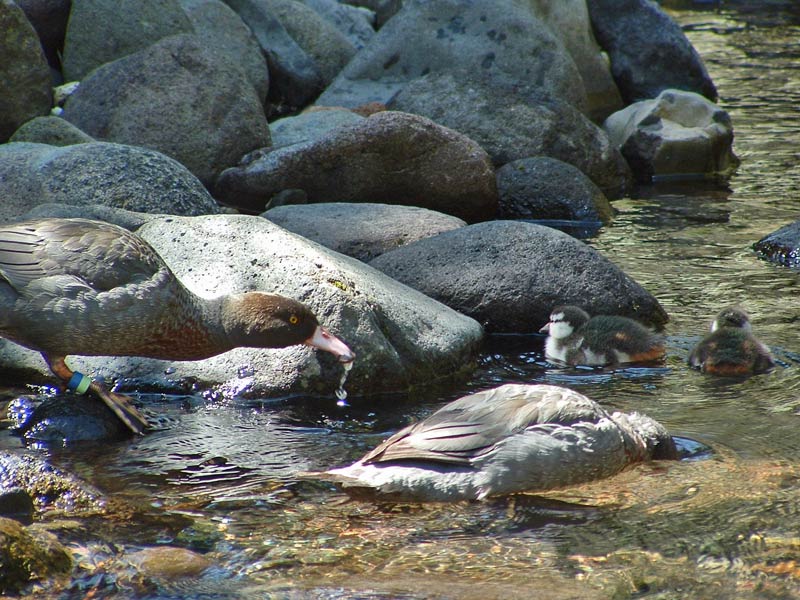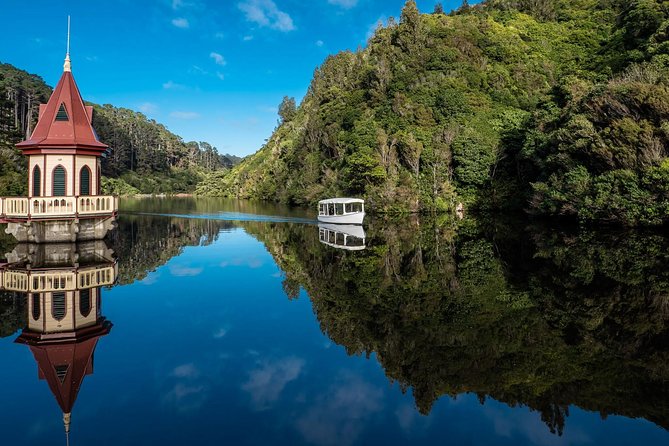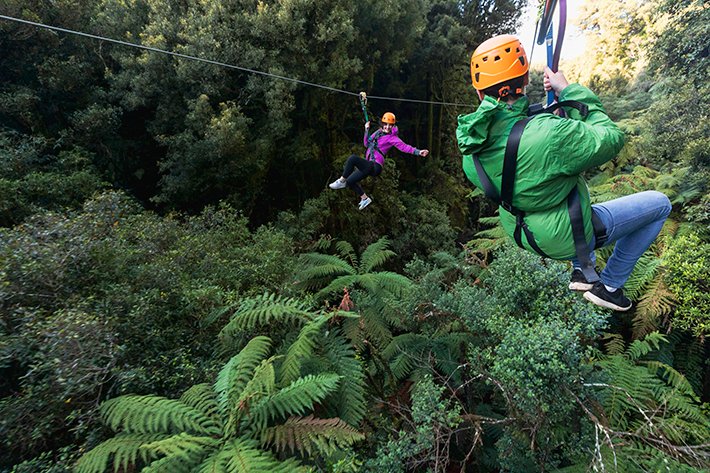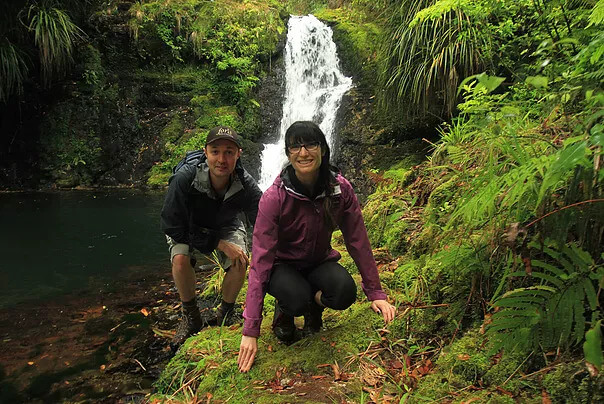When you think of your New Zealand bucket list, what springs to mind? At Canopy Tours we think about the green forest, the great outdoors and our native wildlife. So we thought we would share our New Zealand bucket list eco-tours where you can find all this and more…
New Zealand bucket list eco-tours:
- Tongariro River Rafting – Blue Duck Project
- Zealandia Eco-Tour – Wildlife Sanctuary
- Rotorua Canopy Tours – Ziplining Eco-Tour
- Tiritiri Matangi – Open Wildlife Sanctuary
- Foris Eco-Tours
1. Tongariro River Rafting – Blue Duck Project
The Tongariro River Rafting offers more than just New Zealand bucket list rafting adventures. They combine an adrenaline filled experience with the chance to see the rare Blue Duck (whio). Jump on the 2 hour trip and enjoy a picnic lunch and glass of wine after some exciting whitewater rapids. The best part is taking in the beauty of the Tongariro River, and watching the ducks make home along the riverside. The company runs a joint venture with the Blue Duck Project. Their aim is to help conserve and protect this duck species from predators along the Tongariro River. The project relies solely on community donations and volunteer work, so get on board this eco-tour and see for yourself the amazing work they are completing!

2. Zealandia Eco-Tour – Wildlife Sanctuary
Nestled in the heart of suburban Wellington, you will find Zealandia – the world’s first fully-fenced wildlife sanctuary. With 225 hectares of re-generated native forest, there is now a pest free haven for many native New Zealand species. With three eco-tours to choose from, each will make your Zealandia experience a little more unique. You can purchase self-guided tickets, or fully guided day or night tours. Each tour lasts for between 2-3 hours. Our favourite is the fully guided day tour. You do pay a little extra but gain so much more knowledge and experience first-hand just how important this place is to New Zealand wildlife.

3. Rotorua Canopy Tours – Ziplining Eco-Tour
Rotorua Canopy Tours is an New Zealand bucket list eco-tour with a twist. The three hours spent ziplining will take you on an adrenaline filled experience through virgin, native forest. However, this tour is not just about the ziplining, it also operates alongside the Canopy Conservation Trust. With two experienced guides, you will learn how just five years ago the forest was overrun by pests and how Rotorua Canopy Tours has completed an extensive trapping programme with the help of Goodnature. Because part of your admission fee goes back into the Conservation Trust, you also help to make the birdsong loud and forest beautiful again.

4. Tiritiri Matangi – Open Wildlife Sanctuary
A short ferry trip to a small island just north-east of Auckland will have you at Tiritiri Matangi. In 1984 the wildlife sanctuary was formed by volunteers, DoC and SoTM (Supporters of Tiritiri Matangi). 220 hectares of coastal land was regenerated from farmland into native New Zealand forest. After years of dedication, there is now a beautiful, thriving coastal environment for native and introduced birds. In addition, it is also completely pest free. Another three New Zealand bucket list eco-tour options are available for you to choose from: stay overnight on the island, fully guided tours or navigate on your own through the self-guide option. Our top tip is again to go for the guided option. As soon as you arrive on the island they place you with a guide that best suits your interests . As a result, you get the chance to have the best experience.
5. Foris Eco-Tours
Foris is Latin for ‘outdoors’. So who better to experience a guided eco-tour of New Zealand rain-forest with than these guys? They operate in the ancient Whirinaki Forest, approximately 90 minutes southeast of Rotorua. They have many eco-tour options to choose from including walking trails, 8-day bird watching experiences, fishing and rafting adventures. Therefore, there really is something to suit everyone. The Department of Conservation heavily monitor and control the Whirinaki forest. This means there is opportunity to see kiwi and kokako, among other native NZ species.